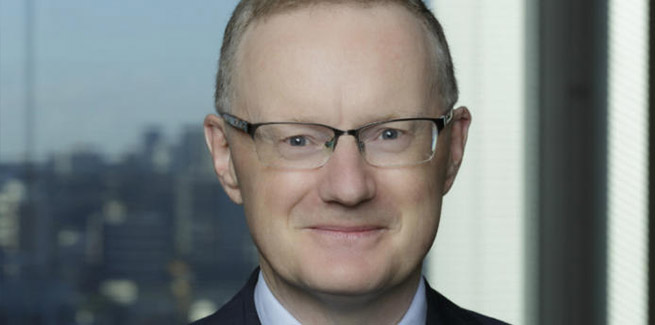In its monthly statement on monetary policy, the Reserve Bank of Australia (RBA) has run through its updated economic forecasts, after it raised the cash rate last week to 0.35 per cent.
The central bank had responded to a surge in inflation, as it accelerated to 5.1 per cent for the year to March, while underlying inflation hit 3.7 per cent.
It marked the first increase in almost 12 years and the first movement for the cash rate since November 2010, when the RBA slashed it from 0.25 per cent and began broad quantitative easing.
The RBA has tipped that CPI (consumer price index) inflation will step up to 5.5 per cent by June and 6 per cent by the end of the year, before it declines to 4.25 per cent in mid-2023.
The trimmed mean (underlying inflation, without extreme price rises and falls) is anticipated to rise to 4.5 per cent in June and 4.75 per cent in December, before falling back down to 3.5 per cent next year.
RBA governor Philip Lowe has already flagged that last week’s rate rise will be the first in a series of increases, but the stance was confirmed in the statement. Previously the board had aimed for inflation to rise to its target range of 2-3 per cent – now it wants it to drop down to it.
“The board is committed to doing what is necessary to ensure that inflation in Australia returns to target over time,” the statement said.
“This will require a further lift in interest rates over the period ahead. The board will continue to closely monitor the incoming information and evolving balance of risks as it assesses the timing and extent of future interest rate increases.”
The RBA believes the environment will weigh on Australians’ wallets, but consumption isn’t expected to be totally wiped out.
“Increases in interest rates and consumer prices are anticipated to weigh on households’ budgets over the forecast period, but the effect on consumption is expected to be cushioned by a decline in the household saving ratio,” the statement explained.
The RBA believes households could still spend at a growing rate, as they have benefited from “large increases in housing wealth over recent years as prices have risen” and they have built considerable savings buffers through the pandemic.
But consumption growth could also be weakened if rising interest rates and inflation weigh on house prices and discretionary spending by more than expected.
“The sensitivity of asset prices to rising interest rates is uncertain, particularly in the case of housing where prices are relative to incomes; a sharp decline in asset prices is a downside risk for consumption,” the statement said.
“More broadly, while many households would be well placed to absorb higher interest costs without sharp adjustments to spending, some households have low savings buffers and high debt relative to incomes and their spending may fall more sharply than others.
“The additional pressure on household budgets from rising prices could exacerbate these downside risks to consumption, particularly for lower-income households.”
However, the Reserve Bank has tipped that the current tight labour market in Australia may allow workers to leverage higher wages to compensate for the higher costs of living.
Unemployment is anticipated to reach 3.75 per cent by June, before further decreasing to 3.5 per cent midway next year.
If employers were to pass on such wage rises, the RBA believes this would result in inflation being sustained at a higher rate than currently anticipated.
Wages growth is also forecast to pick up to around 3 per cent by the end of the year, as the central bank has reported many firms from its business liaison program are planning pay rises.
[Related: Home construction approvals dive by 18.5%]
 ;
;
